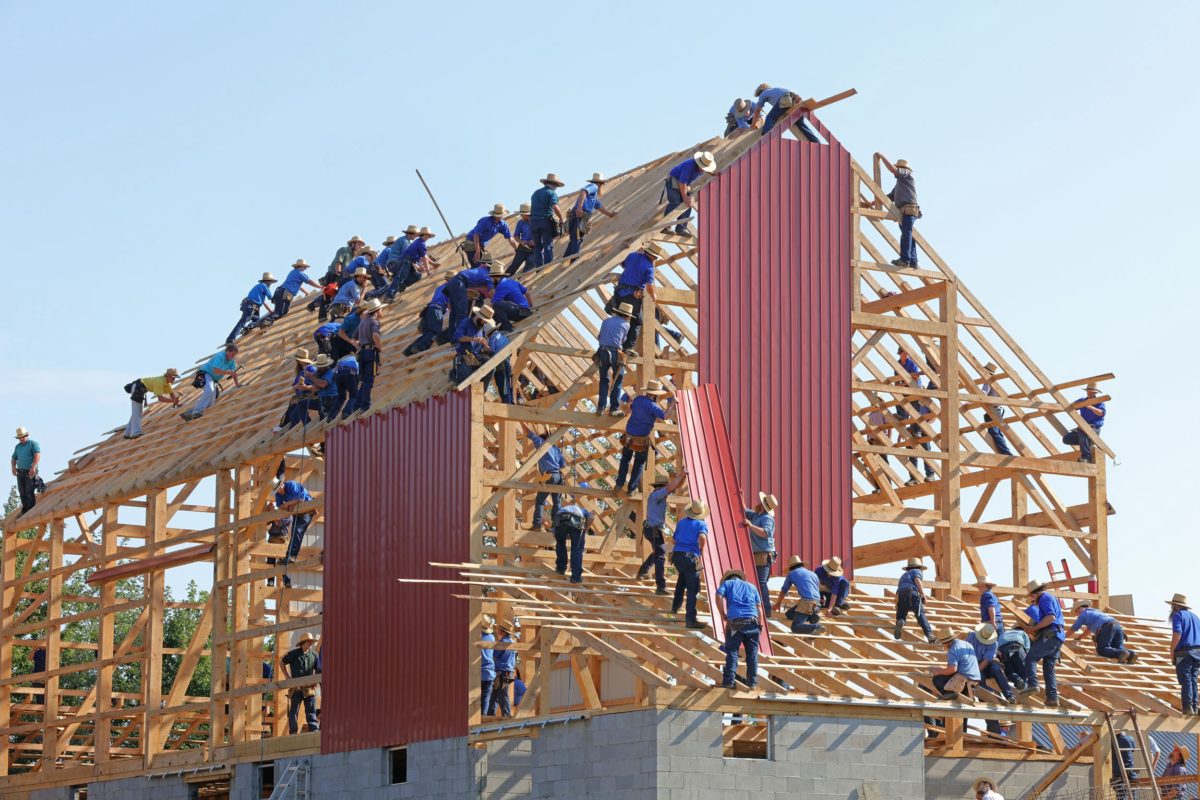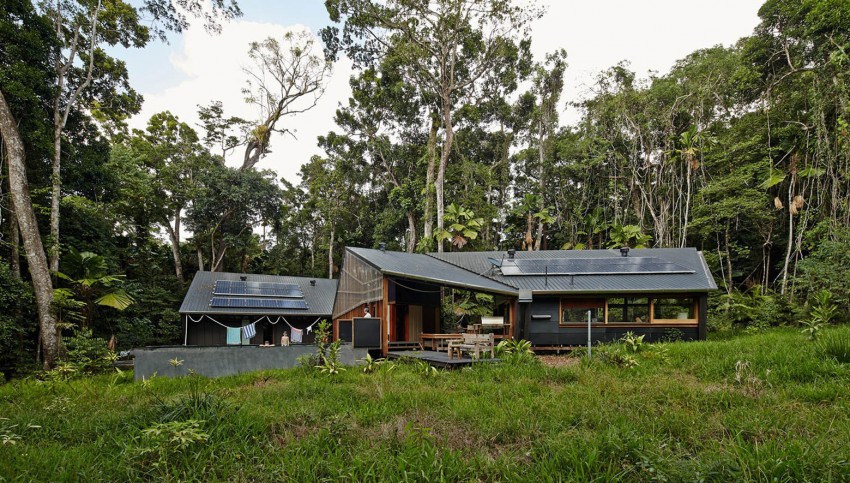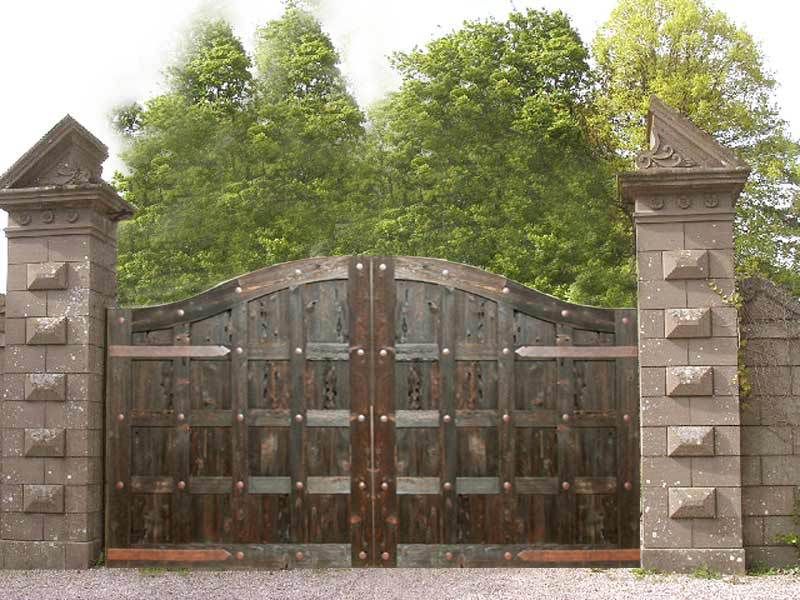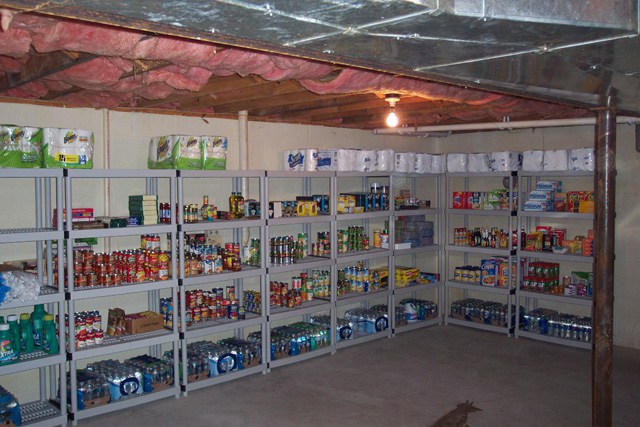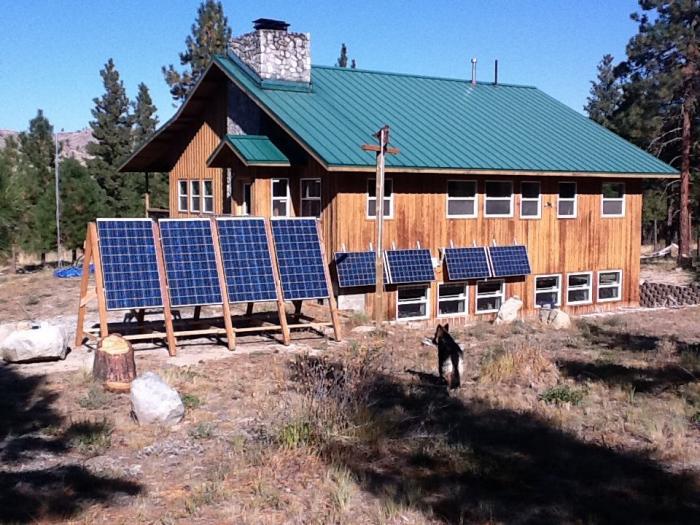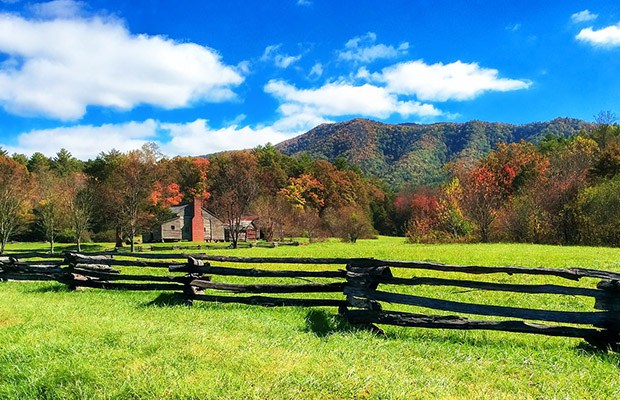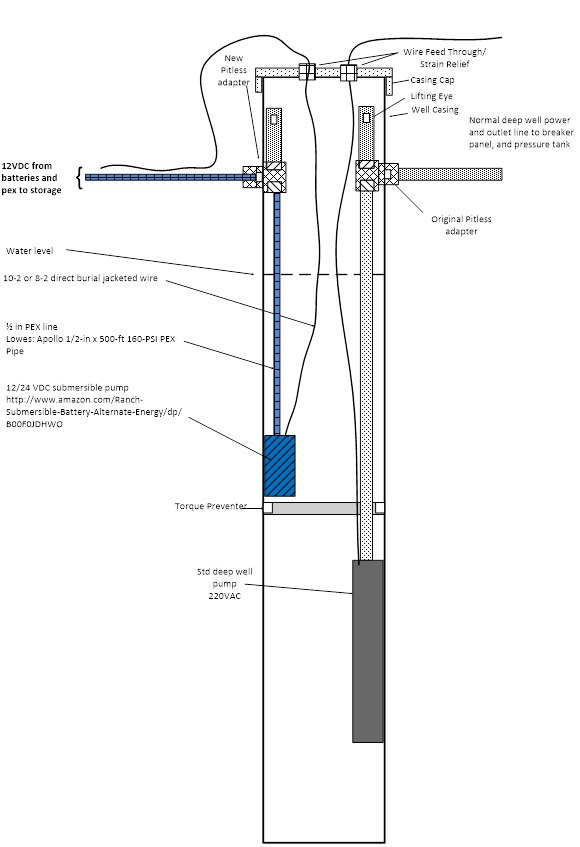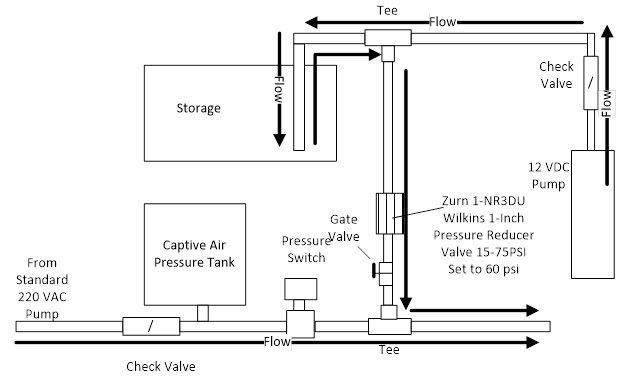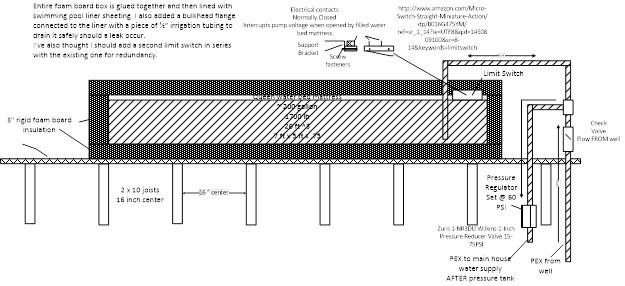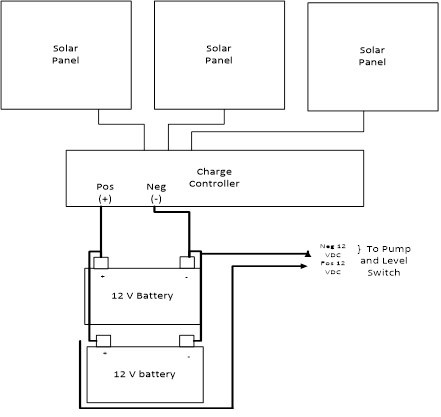Prepper Lessons From the Amish
I haven’t been able to understand why the expression “to live like an Amish” has a pejorative meaning. Not until I started to love like a prepper. They are simple folk, trying to live a very simple life; some may call them minimalists, but I can’t see why they’re mock just because they chose to live without electronic gadgets, electricity, and as far away as possible from the hustle and bustle of the city. I would be lying If I were to say that I’m envious about their life choices.
Yes, I am a prepper and, even more than that, a person who’s ready to sacrifice comfort for safety, if the situation demands it, but not willingly. Sure, I can make do without a tablet, the latest Samsung Galaxy with four motion-triggered cameras or going to the cinema every weekend to see a movie, but there are some things I just can’t part with (well, not right away).
Anyway, the other day, as I was taking my daughter back from school, I stopped at a light downtown. Even though it was well after two o’clock, the traffic was downright infernal – you know what that means; lots and lots of patience. So, while standing there, waiting for the green light, I noticed that the driver on my right side kept sliding his hand out of the window in an attempt to snap a picture. Nothing curious about that considering that, sometimes, becoming stuck in a traffic jam brings out the artist inside all of us.
However, the man kept on doing this, whilst talking to someone on the driver’s seat. When I looked in the direction of his camera I saw the embodiment of ‘screw you, I do what I want with my life.’ Standing in the dicky of four-wheeled coach, there were two men – father and son, I gathered. Both of them were dressed in black from head to toe, had these thick, bushy beards, glasses, and clergymen hats.
What amazed me was the fact that although most of the drivers were snapping pictures and mocking them, they went on about their business as if nothing was wrong. I can’t imagine being that calm when someone is calling me names. But, then again, I can very well assume that this isn’t the first, nor the last time that they had to deal with people staring at them as if they were zoo animals.
Well, long story short, once I got home, I started to read a bit about the Amish community. And, as you’ve probably guessed it by now, the article you see before you is the result of, shall I call it, an exploration into America’s most conservative community. So, without further ado, here are 6 life and survival lesson I’ve learned from the Amish. Enjoy!
Family and togetherness mean a lot more than all the treasures of this world
Last time I paid my folks a visit, I sort of got one of those Hollywoodian flashbacks. More than 20 years ago, I was in the living room with my mom, dad, and grandma. ‘Twas around the time of the prom. I wanted to tell my parents that right after the party, I was going to hit it off with my girlfriend and two classmates.
As you would imagine, my parents were not too thrilled about this. Dad was adamant about me getting back home. Guess he would have rather seen me hitting the books for my college entry exam then reenacting Adam’s intro of Summer of ‘69. Long story short, we argued, a lot, and everything ended with me saying some very nasty things about my family.
This is one of the things I kinda envy the Amish – no matter how shitty things are; they stay together. Everything they do, they do for the family. More than that, they do not believe in stuff like “hey, I have this thing, but you can’t have it, because you will have to work for it just like I did.” Nope. If one family makes more than it needs, it will wholeheartedly share with the rest of the community, especially with the more unfortunate ones.
I can’t say that my family is perfect. No, we don’t argue all the time, scream at each other, say things like “I’m going to leave you and take the kids with me,” but tempers do flare from time to time. In those moments I come to realize that we have everything we need and we should try to play nice with each other. I mean, the Amish communities are like stepping into a time machine and ending up in pre-colonial America- no electricity, no Internet, no gadgets. And yet, they still have more tightly-knitted families than 90 percent of the people I know or grew up with.
You really don’t need to become a member of the Amish community to figure out the meaning of “family.” Just talk or read some books about them. Trust me – after doing this, you won’t be that eager to raise your voice at your wife, punish your kids for stuff they didn’t do or laugh in your neighbor’s face when he asks for help. Remember the saying: “give an inch and take a mile.”
The Amish rehashed “self-reliance.”
There’s no such thing as being too self-reliant, whether it refers to cooking your own meals, washing your stuff or learning to make things rather than buying them from the store. Emerson’s Walden may have been a good read for a lot of preppers, but for the Amish, that book’s almost sacred. Imagine living in a very small community with no money, no debit or credit cards, and no stores. Sounds interesting, does it not? Well, in traditional Amish communities, a family’s only way to obtain certain goods they need around the house, say lamp oil, is trading. And yes, everything being trading within the boundaries of this community is produced or manufactured there.
And let me tell you, those people really know their business – I’ve seen Amish canned goods, oil lamps, furniture, tobacco, bread, coffee, and even toys for the little ones.
There’s a lesson in this, folks – when you do decide that it’s time to drop off the grid, you must ensure that you know how to make stuff. Otherwise, it’s just what I like to call prepping with benefits.
Treating your livestock as if it’s part of the family
Can’t really say that I like livestock that much – sure, baby goats and horses are gorgeous, but not as cute as kitten or puppies. What struck me the most when watching YouTube videos about the Amish community is the bond they share with their livestock. When I was a kid, my grandma used to tell me these stories about her parents keeping animals like baby horses, goats, sheep or chicklings inside the house during the winter.
Sure, it’s a heartwarming story, but I didn’t take it for granted. However, after seeing these people care for their livestock, I kind of began to believe in them. If there’s one worthy takeaway, it’s learning how to see if your livestock is healthy or there’s an illness running amok.
Overcomplicated farming is not a recipe for success
We are literally surrounded by supermarkets, farmer market’s, and hypermarkets, yet all the food we eat tastes like cardboard. Granted, we have the means to feed millions of people thanks to the advancement in farming technology, but all this stuff doesn’t mean anything if the final product lacks the very stuff our bodies so desperately need. I wholeheartedly recommend viewing a video on Amish farming methods. To say that it’s fascinating, would be a major understatement. They have no need for trucks, tractors, cultivators, subsoiler, rollers or spike harrow – they toil from dusk till dawn to sow the ground with horse-pulled plows. That’s it! Yes, I know that it’s very hard work, but, my God, their veggies are astounding. I’ve seen cantaloupes the size of a basketball and beets as big as my beer belly. Their secret – plenty of hard work, dedication, and using all-natural solutions.
Hand sewing is not just something you see in the movies
Nowadays, nobody pays too much attention to sewing – if your parka needs stitching, you just take it to tailor’s shop, and that’s basically it. If I were to ask someone about hand sewing, he would probably look at me as if I’m from another planet or something. The only thing close to actual hand sewing was this old lady who had a stand at an exposition hosted by our local history museum. She could make anything from tunics, socks, underpants to carpets and upholstery. However, for the Amish, hand sewing is a vital skill. Although the women do the heavy lifting, the men also know how to sew back a ripped button or patch a hole in their shirts.
I am well aware of the fact that hand sewing clothes and other things is not a skill that can be learned overnight. Heck, some members of the Amish communities spend half a century honing their skills and perfecting their techniques. So, the next time you see an Amish couple in your hometown, don’t mock their sense of fashion – just remember that everything they wear is made by the head. The same thing cannot be said about us town folk, who buy every piece of garment from Mall stores.
That hard work is a virtue, not just a 9-to-5 undertaking
The next time you complain that your cushy 9-to-5 is exhausting, think about the fact that the regular Amish workday begins at five in the morning and ends well after sunset. And it doesn’t matter if the weather’s nice or really bad or if that person woke up with a major headache because he drank too much last night – for the Amish community, work is sacred. And, dare I say, the results speak for themselves. I’ve never seen an Amish home in disarray or a family that has nothing to eat or to wear.
If that’s not enough for you, get a load of this – Amish don’t work just for themselves. They work for the entire community. Sure, your land and livestock are important, but so is the rest. For instance, if a new couple moved into ‘town,’ the entire community helps them settle in. Yup that means even giving them a hand to raise a house or a barn.
By the way, if you need new furniture, you may want to try out your local Amish store or get in touch with a member of the community. Why? Because their furniture’s all-wood, not that cheap crap manufacturers use to whip up low-quality beds or couches. It’s a win-win.
That about wraps it up for life and survival lessons learned from the Amish. What do you think about this topic? Hit the comments section and let me know.
I haven’t been able to understand why the expression “to live like an Amish” has a pejorative meaning. Not until I started to live like a prepper.

